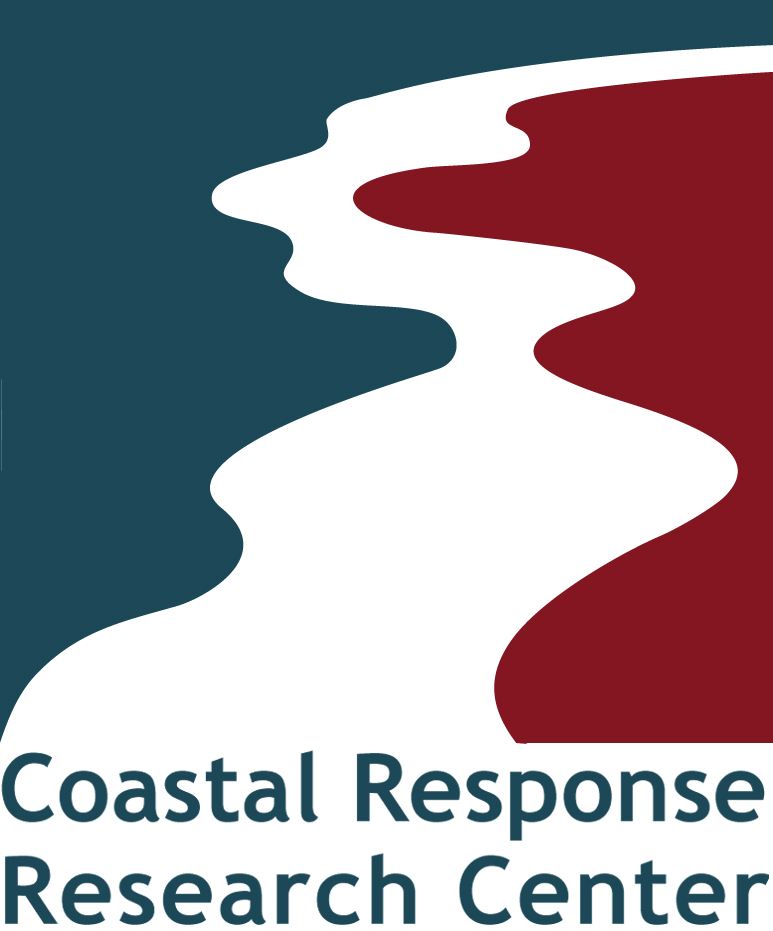Abstract
Since 2010, the National Oceanic and Atmospheric Administration (NOAA) and the National Aeronautics and Space Administration (NASA) have provided satellite-based pollution surveillance in United States waters to regulatory agencies such as the United States Coast Guard (USCG). These technologies provide agencies with useful information regarding possible oil discharges. Unfortunately, there has been confusion as to how to interpret the images collected by these satellites and other aerial platforms, which can generate misunderstandings during spill events. Remote sensor packages on aircraft and satellites have advantages and disadvantages vis-à-vis human observers, because they do not “see” features or surface oil the same way. In order to improve observation capabilities during oil spills, applicable technologies must be identified, and then evaluated with respect to their advantages and disadvantages for the incident. In addition, differences between sensors (e.g., visual, IR, multispectral sensors, radar) and platform packages (e.g., manned/unmanned aircraft, satellites) must be understood so that reasonable approaches can be made if applicable and then any data must be correctly interpreted for decision support. NOAA convened an Oil Observing Tools Workshop to focus on the above actions and identify training gaps for oil spill observers and remote sensing interpretation to improve future oil surveillance, observation, and mapping during spills. The Coastal Response Research Center (CRRC) assisted NOAA’s Office of Response and Restoration (ORR) with this effort. The workshop was held on October 20-22, 2015 at NOAA’s Gulf of Mexico Disaster Response Center in Mobile, AL. The expected outcome of the workshop was an improved understanding, and greater use of technology to map and assess oil slicks during actual spill events. Specific workshop objectives included:
•Identify new developments in oil observing technologies useful for real-time (or near real-time) mapping of spilled oil during emergency events.
•Identify merits and limitations of current technologies and their usefulness to emergency response mapping of oil and reliable prediction of oil surface transport and trajectory forecasts.Current technologies include: the traditional human aerial observer, unmanned aircraft surveillance systems, aircraft with specialized senor packages, and satellite earth observing systems.
•Assess training needs for visual observation (human observers with cameras) and sensor technologies (including satellites) to build skills and enhance proper interpretation for decision support during actual events.
Department
Coastal Response Research Center
Publication Date
10-2015
Publisher
Coastal Response Research Center (CRRC)
Document Type
Workshop Report
Recommended Citation
Coastal Response Research Center (CRRC), "2015 Oil Observing Tools: A Workshop Report" (2015). Coastal Response Research Center. 18.
https://scholars.unh.edu/crrc/18

